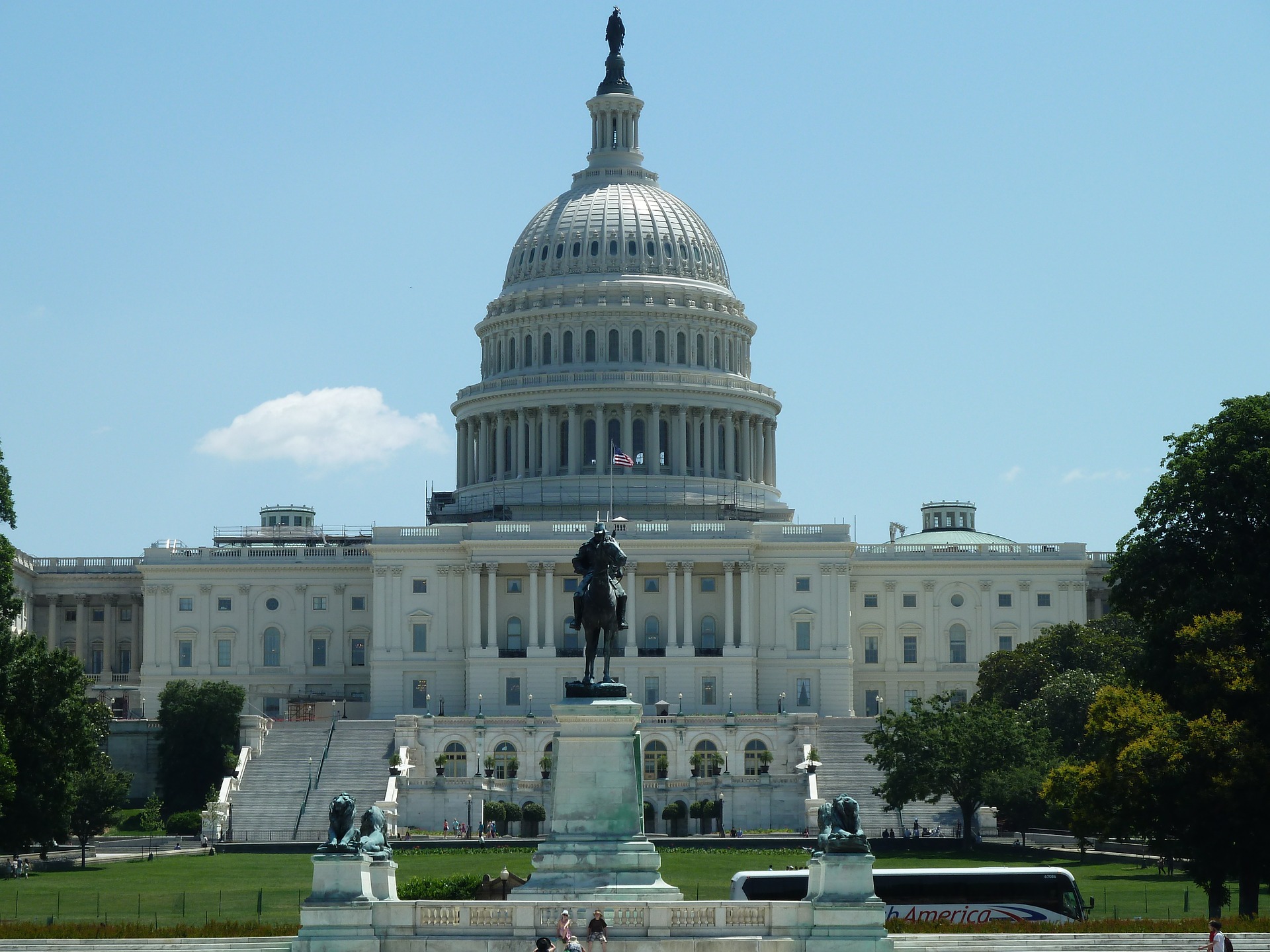FCC Developing DTV Propagation Model to Meet STELA Requirements
Starting with the Satellite Home Viewer Improvement Act of 1999, Congress and the FCC have allowed households at locations unable to receive a local network-affiliated broadcast TV station's signal to receive a distant signal of the same network affiliation through their satellite service provider.
Satellite providers and broadcasters have argued over the criteria for determining whether the local network-affiliated TV station serves a household in previous proceedings and we are likely to see similar arguments arise over the Notice of Proposed Rulemaking and Further Notice of Proposed Rulemaking (FCC 10-133) released last week on "Establishing of a Model for Predicting Digital Broadcast Television Field Strength Received at Individual Locations".
One item that attracted attention in the recently adopted Satellite Television Extension and Localism Act of 2010 (STELA) was removal of the language in the Satellite Home Viewer Extension and Reauthorization Act of 2004 (SHVERA) that specified the use of an outdoor antenna.
The FCC proposes continuing use of the noise-limited contour as defined in the DTV planning factors. These planning factors are based on an antenna with a minimum amount of gain, and one that is aimed correctly. In the NPRM the FCC points out the difficulty in characterizing reception on indoor antennas, given the wide variation in performance between different antennas and the wide variation in signal levels in various locations inside a house.
The FCC has invited commenters to suggest how to characterize indoor antennas and to suggest improvements to the current FCC's current ILLR (Individual Location Longley-Rice) model for determining signal levels in households. As I observed previously, if satellite antennas won't work indoors, why should broadcast service for SHVERA (now STELA) be based on indoor TV antennas?
Language in STELA appears to support the use of existing signal levels--which are based on outdoor antenna reception--for DTV service.
STELA requires the FCC to develop and establish a "point-to-point predictive model for reliably and presumptively determining the ability of individual locations, through the use of an antenna, to receive signals in accordance with the signal intensity" specified in Section 73.622(e)(1) of FCC rules.
That rule section specifies a field strength of 28 dBµV/m for low-band VHF DTV stations, 36 dBµV/m for high-band VHF DTV stations, and a dipole-adjusted 41 dBµV/m for UHF DTV stations.
The NPRM includes a draft of a new OET Bulletin: "The ILLR Computer Program for Predicting DTV Coverage," which is dated July 7, 2010. As in the previous version, the ILLR program adds in loss due to clutter. Such loss is based on U.S. Geological Survey land use category data and also the specific TV channel. No loss is added to VHF channels, while losses up to 7 dB (residential) are added in for UHF channels 38-69. The receiving antenna height remains unchanged—six meters above ground for one-story buildings and nine meters above ground for buildings taller than one story.
During the SHVERA rulemaking, Dish and the Hammett and Edison engineering consulting firm filed comments asking for different study parameters that would require a stronger broadcast signal than that in the proposed ILLR computer program. Now that DBS carriers have added more local stations to their satellite offerings, it will be interesting to see if the debate is as intense this time around.
TV Technology still has my Nov. 9, 2005 article, How Hard is it To Receive DTV? Part II online. That article highlights the Dish/Hammett and Edison arguments as well as broadcasters' rebuttal. This time around, I wouldn't be surprised to see one or more commenters offering opinions on signal level adjustments for indoor reception.
Get the TV Tech Newsletter
The professional video industry's #1 source for news, trends and product and tech information. Sign up below.

Doug Lung is one of America's foremost authorities on broadcast RF technology. As vice president of Broadcast Technology for NBCUniversal Local, H. Douglas Lung leads NBC and Telemundo-owned stations’ RF and transmission affairs, including microwave, radars, satellite uplinks, and FCC technical filings. Beginning his career in 1976 at KSCI in Los Angeles, Lung has nearly 50 years of experience in broadcast television engineering. Beginning in 1985, he led the engineering department for what was to become the Telemundo network and station group, assisting in the design, construction and installation of the company’s broadcast and cable facilities. Other projects include work on the launch of Hawaii’s first UHF TV station, the rollout and testing of the ATSC mobile-handheld standard, and software development related to the incentive auction TV spectrum repack. A longtime columnist for TV Technology, Doug is also a regular contributor to IEEE Broadcast Technology. He is the recipient of the 2023 NAB Television Engineering Award. He also received a Tech Leadership Award from TV Tech publisher Future plc in 2021 and is a member of the IEEE Broadcast Technology Society and the Society of Broadcast Engineers.
